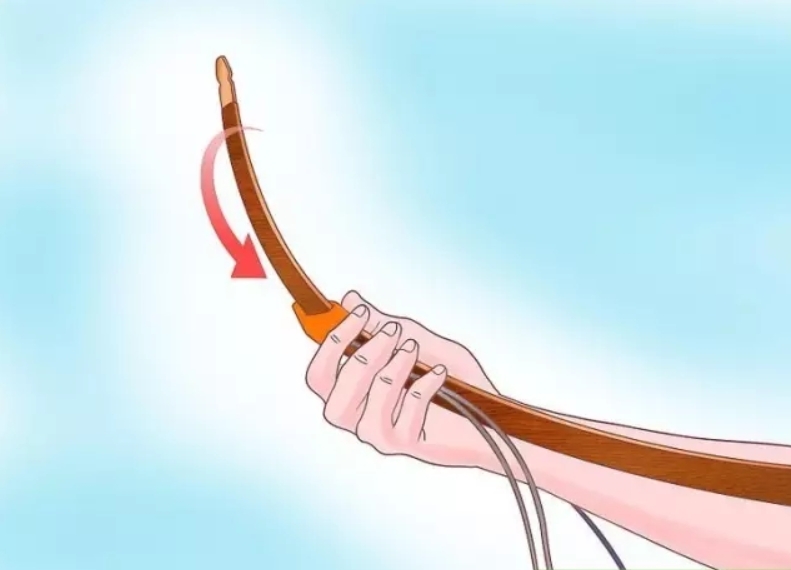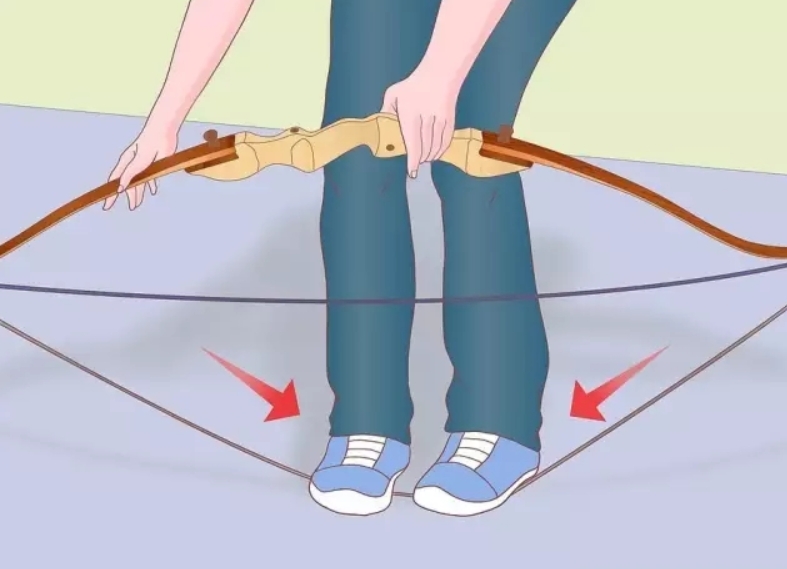Release time:2024-11-06 14:33:07Clicks:author:SPG ArcheryMain categories:Bows, Arrows, Archery Accessories
Stringing a bow is a must for archers of recurve and longbows, and unstringing your bow after each practice session will extend the life of the bow and string. If your bow is a takedown bow, unstringing it is the first step when you store it. Don't worry, your local archery store can teach you how to string and unstring your bow properly without damaging any parts. If you prefer to do it yourself, here are a few steps.
Stringing and unstringing a bow is a basic skill, but it requires a special tool called a "bow string." This tool helps archers string their bows safely and easily. There are other ways to string and unstring a bow, but using a bow string is the safest for both you and the bow. It is also the only method recommended by bow manufacturers. Bow stores can help you choose the best bow string for your equipment and teach you how to use it.
Bow strings are sold at archery stores and there are many different options, but they all do the same thing. That is, they help archers bend their bows so that the bowstring can slide into the correct position more easily. Before stringing your bow, it's a good idea to talk to a gear store so they can answer your questions.
Here's a breakdown of how to string a bow with a bow string:
Step 1: Get the bow ready
A recurve bow has a groove near the tip of each limb called a string slot to keep the string in place.
If you have a three-piece bow, follow the manufacturer's instructions for how to string it. You can also ask your gear store for this step. Next, make sure which end of the string is facing up. There are loops on each end of the string, and the loop on the top should be larger than the loop on the bottom. Put the top end on the top limb first. Then hook the bottom end into the groove on the bottom limb. You'll notice that there's a groove near the tip of each limb to keep the string in place.
Step 2: Attach the bow string

When attaching the bow string, first attach the top limb pocket near the tip of the limb. Some bow strings have a smaller top limb pocket and a larger pocket that holds the tip of the limb. Some bow string styles have different styles, with the upper and lower limb covers in the same shape but the upper limb cover is larger.
When using the upper bow string, install the upper limb end first. Let the upper limb cover fit over the upper limb just behind the string cover (close to the bow handle).
Then, put the lower limb cover over the lower limb tip. After the upper and lower limb covers are in place, adjust the length of the upper bow string appropriately.
Step 3: Stringing

After installing the upper bow string, step on the upper bow string with your feet shoulder-width apart. Lift the bow hard and push the upper limb end of the bowstring toward the bow tip until it slides into the string groove at the bow tip.
Step on the upper bow string with your feet shoulder-width apart (don't step on it wrong, the bowstring still relies on your lips...). Hold the bow handle and lift it vertically upward to bend the limbs. The upper bow string bears the tension of the bow, and now you can push the upper limb end of the bowstring outward until it slides into the string groove at the bow tip.
This step can be a little scary for some new archers. How do you know if your bow is curved enough? Are you sure you can string it and step on it with your foot? Talk to a professional at an equipment store or a coach at your club, who will show you how to string your bow safely.
Step 4: Check your bow
After stringing your bow, check that both ends of the string are properly seated in the string slots.
Once the bowstring is in place, remove the string. Turn the bow so that the limbs are facing you. This is the same direction you will shoot the bow, and this is for safety reasons. If the bowstring slips at this point, the limbs will fly away from your body. If this step makes you nervous, go to an equipment store for help. They will show you how to string the bow and make sure the bowstring is properly installed.
Finally, check to make sure both ends of the bowstring are properly seated in the string slots. Your bow is ready.
Now that you know how to string a recurve bow or longbow, you can have fun shooting.